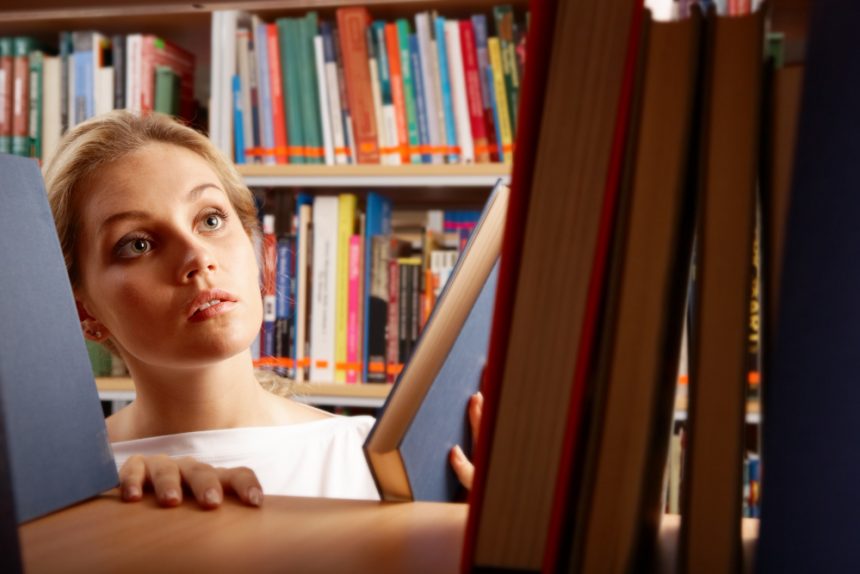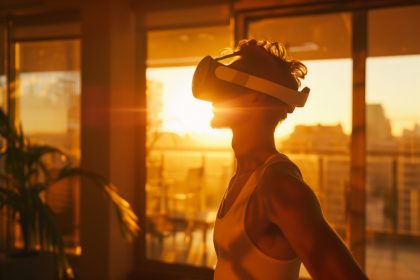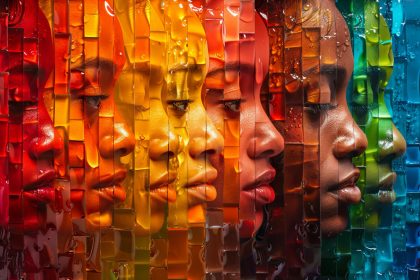Reading and observation, though seemingly simple acts, are among humanity’s most profound tools for intellectual development. They coexist as twin pillars supporting the architecture of critical thinking. When we read, we invite new voices, perspectives, and experiences into our minds. When we observe—with attention and curiosity—we engage directly with the living world, noticing details that textbooks or summaries cannot capture. Together, these acts enable us not only to acquire information but to analyze, challenge, and integrate it thoughtfully, transforming data into understanding and perception into wisdom.
The art of reading, at its most transformative, involves much more than decoding symbols on a page. It requires discernment. A critical reader asks: What is being said? Why is it being said? Who benefits from this narrative? This reflexive questioning is the foundation of analytical thought. It draws attention to perspective, bias, and context—elements that shape every written work. By comparing texts, evaluating evidence, and noticing contradictions, the reader moves from passive acceptance to active interpretation. Through this process, comprehension deepens beyond content into connection, leading to empathy for differing viewpoints and awareness of the structures that shape human thought.
Observation, similarly, is an active form of thinking. It is not the mere registering of visual or sensory input but the interpretation of what those inputs signify. A critical observer notes subtleties—facial expressions, tones of voice, environmental cues—that reveal meaning beneath the surface. Observation teaches patience and precision, offering real-world practice in seeing patterns, identifying anomalies, and understanding cause and effect. It complements reading by grounding theory in reality, ensuring that critical thinking remains tethered to authentic experience rather than abstraction alone.
When reading and observation intertwine, they form a feedback loop: reading sharpens one’s interpretive framework, while observation provides evidence and context that tests and refines that framework. This dynamic nurtures a reflective mindset capable of navigating complexity without succumbing to oversimplification. It allows the individual to distinguish fact from assumption, meaning from sentiment, and to engage in reasoning that respects both the logic of analysis and the depth of human experience. The result is a form of literacy that is not merely academic but existential—an understanding of how knowledge, perception, and empathy intersect to guide wise decision-making in a multifaceted world.
The synergy between reading and observation operates as a mental workshop where ideas are tested, refined, and reimagined. Inside this intellectual space, critical thinking is not a fixed trait but an evolving skill developed through continuous practice. Reading, enriched by observation, challenges the mind to move beyond rote learning and into interpretive engagement—where comprehension becomes inquiry, and inquiry becomes insight. Each time we pause to consider a statement, to compare it against what we have seen in our own lives, we participate in a subtle but powerful process of intellectual construction.
Immersing oneself in diverse texts—historical, scientific, literary, philosophical—expands the boundaries of perception. Exposure to multiple genres and cultures trains the mind to detect nuance and ambiguity rather than seek premature certainty. Likewise, observation of real-world contexts—the actions of people, the dynamics of social interactions, the natural environment—invites correlation between theory and lived experience. This interaction between thought and observation cultivates the ability to recognize patterns and to appreciate both the explicit and implicit dimensions of meaning.
Critical thinking thrives when curiosity meets skepticism in balanced measure. Reading nurtures curiosity; it invites us to explore the unfamiliar. Observation injects skepticism; it compels us to verify, to question appearances, and to demand coherence between what is claimed and what is evident. Together, they temper each other, forming a dialog between imagination and reason. Such balance enables the transition from knowledge as static information to wisdom as dynamic application. When knowledge reaches this applied state, it becomes resilient, adaptable, and ethically grounded—capable of guiding judgment even amid ambiguity or uncertainty.
The practice of mindful reading—attentive, reflective, and emotionally aware—teaches patience and focus in an age of distraction. The practice of attentive observation fosters discernment and empathy, reminding us that truth is often revealed in subtleties rather than declarations. Through these complementary habits, individuals develop intellectual maturity: the capacity to weigh perspectives fairly, to acknowledge complexity without paralysis, and to form conclusions rooted in evidence yet open to revision.
Ultimately, reading and observation together redefine learning as participation rather than reception. The reader-observer becomes a co-creator of understanding, drawing connections between the written word and lived reality. Information transforms into insight; exposure transforms into perspective. In this way, the acts of seeing and reading are elevated from passive experiences into powerful exercises in cognition—refining reason, expanding empathy, and strengthening the intellectual muscles that construct a life of thoughtful engagement.
Critical thinking, then, is not a discrete skill taught in isolation but a lifelong art formed through the interplay of reading and observation. Each reinforces the other, guiding the mind to approach the world not as a repository of facts to memorize but as a landscape to investigate, interpret, and understand. Through this practice, one develops not only sharper reasoning but deeper humanity: the awareness that knowledge, when paired with perception, becomes the truest expression of wisdom.








